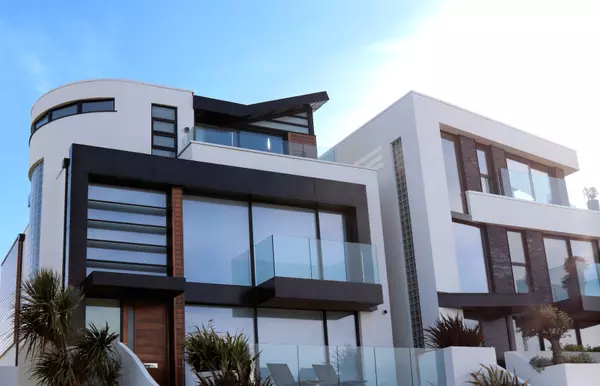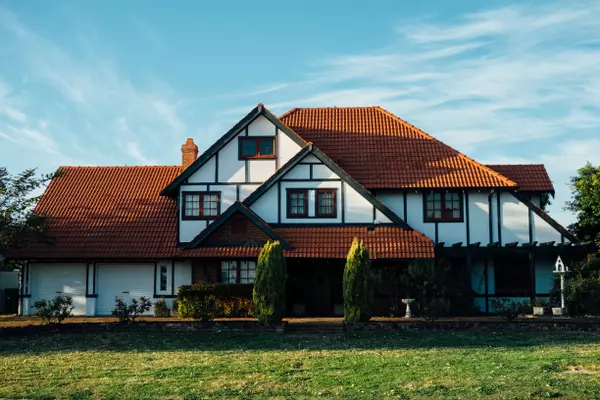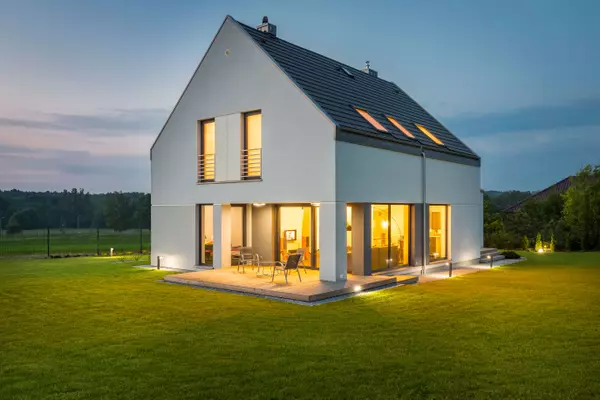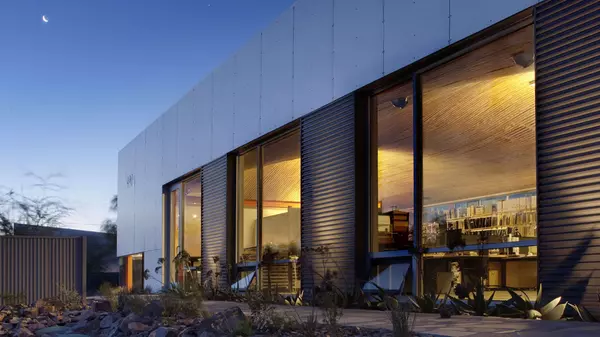Partial lease on the table for Balboa Park’s decaying Starlight Bowl, but future still uncertain
The city of San Diego is ready to negotiate with the nonprofit that has long sought to bring Balboa Park’s nearly 90-year-old Starlight Bowl back to life after more than 14 years of dormancy. But there’s an unexpected caveat that puts in question the group’s ability to actually use the famous-but-decaying outdoor amphitheater.
Friday, the city’s Economic Development Department formally invited Save Starlight by letter to enter into an exclusive negotiating agreement to work toward a lease for a portion of the facility. However, the letter introduces the condition that lease negotiations will be limited to just the venue’s upper concourse, an area that excludes the 3,600-seat bowl and the large stage below.
“Discussions will focus on lease terms, lease boundaries (upper concourse versus main bowl and seating), financial considerations, operational responsibilities and any necessary approvals,” Nick Baldwin, a lease administration program manager in the department, wrote in the Feb. 28 letter. “At this time, it is our intent to focus our discussions related to the upper areas of the Starlight Bowl, including operations of the concessions building.”
The language is perplexing to Save Starlight, which was formed in 2016 and has been seeking for years a lease agreement with city so that it can raise funds to restore the Starlight Bowl.
“That was a surprising response,” said Steve Stopper, who is the nonprofit’s founding president. The city, he said, did not previously communicate anything about an upper area boundary restriction. “That’s something we’re not that interested in, to be honest. Our goal is to reopen the entire facility and get started as soon as we can.”
Constructed by the Ford Motor Company for the 1935-1936 California Pacific International Exposition, the Starlight Bowl is an open-air amphitheater located at 2005 Pan American Plaza in the southern corner of Balboa Park’s Central Mesa.
The venue, which has been updated over the decades, includes a box office building, concession area and bathrooms in the upper concourse, near the Air and Space Museum. The facility is most famous for what’s located down below: The 3,600-seat bowl and stage, as well as the plaster-clad shell that frames the stage and houses dressing rooms and storage areas.

The Starlight Bowl was previously operated by the San Diego Civic Light Opera, which staged musical performances, choirs and symphonies until 2010. The amphitheater has since remained closed to the public and has significantly deteriorated. Vandals, thieves and squatters have exacerbated the outdoor venue’s conditions over the years. The venue is also challenged by its location in the airport flight path, with noise often disrupting past performances.
In August, San Diego’s real estate division, as part of Mayor Todd Gloria’s push to improve Balboa Park, issued a request for proposals, seeking an operator to revive the historic, nearly 90-year-old venue and return it to operation. Proposals were due by Nov. 14.
Save Starlight was the only responsive bidder to the solicitation. Another bidder’s response was deemed noncompliant because it was generated using artificial intelligence, city spokesperson Tara Lewis said.
The city’s decision to limit lease negotiations to the upper concourse represents a noticeable about-face from last year. The August solicitation document makes no distinction between the facility’s upper concourse and main bowl. Rather, the document emphasizes in multiple places the city’s desire to work with an organization that can lease and revive the whole property.
“The lease will be negotiated to allow for an open-air amphitheater to be renovated, rehabilitated, operated, leased and maintained for preparation and presentation of performances, community events, and other presentations of an entertainment or civic nature,” the solicitation document states.
The new, upper-concourse limitation suggests that the venue’s bowl and stage may be in worse condition or require costlier repairs than originally thought. The Starlight Bowl is on the National Register of Historic Places, meaning any renovations must comply with federal standards.
“The city is prioritizing the activation and programming of the upper areas of the Starlight Bowl to enhance community engagement and maximize public use,” Lewis said. “In parallel, the city is continuing its due diligence on the main bowl to assess its long-term viability and potential opportunities. While the main bowl is not currently included in lease negotiations, this does not preclude future discussions regarding its lease. The city remains committed to a thoughtful and strategic approach to ensure the best possible outcome for the Starlight Bowl and the community.”
The city declined to provide Save Starlight’s proposal.
The nonprofit’s leader said the group pitched a phased approach that would start with reopening the Starlight Bowl’s concession area in the upper concourse and putting up a small stage. The proposal also calls for a multi-million-dollar, second phase that would reopen the main bowl, albeit with less seating, as well as an even costlier third phase to renovate the 15,000 square-foot area underneath the main stage, Stopper said.
“We want a lease for the whole place, especially because it needs to get secured,” Stopper said. “There’s vandalism, graffiti and people are destructive, trying to steal what they can all the time, 24-7. They even do things like set little bonfires … and break down doors.”
Save Starlight will participate in lease negotiations, as currently proposed by the city, to get a better sense of the city’s thinking, he said.
“We’re going to listen to what they’re asking, and then we’re going to tell them what we’re willing to do,” Stopper said. “But if they say, ‘we just want you to open the front and we’re going to sit on the back part,’ … I don’t think that will fly. It makes no sense.”
Should the parties enter into an exclusive negotiating agreement, they will have an initial 90-day period to hammer out lease terms. The negotiation agreement, as proposed, allows the city to administratively extend the period by an additional 90 days. The city’s entire standard leasing process typically takes between nine months to a year, Lewis said. The Starlight Bowl lease will require City Council approval.
The partial lease opportunity comes as the city faces a looming budget deficit, leaving the city’s parks department vulnerable to deep cuts that could impact services in Balboa Park.
Categories
Recent Posts











